
100% QC Passed Custom Mod Rubber Bush For Cushion And Sealing Of Rubber Parts Oem Manufacturer Shenzhen


Environmentally Friendly Healthy PVC Rubber Countertop Edging Strip Edge Trim Particle Board Toco Furniture Product Edge Banding





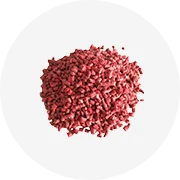
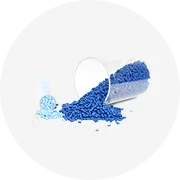
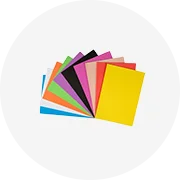
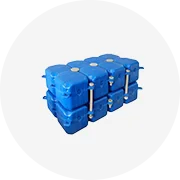
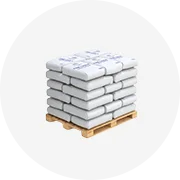
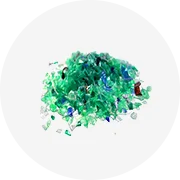
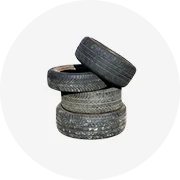
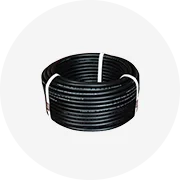

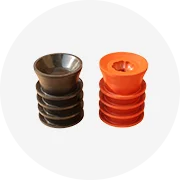
Welcome to our comprehensive guide on revolutionizing your garden design with rubber edging. This eco-friendly solution, made from recycled rubber tires, offers a practical and aesthetic choice for garden borders. Not only does it give your landscaping a finalized and unifying look, but it also serves practical purposes such as preventing soil and mulch from spilling onto sidewalks and lawns. In this guide, we will delve into the basics of garden edging, the benefits of rubber edging, how to choose the right product for your garden, and how to install and maintain it for longevity.
Garden edging is a crucial element in landscaping, offering a clean and organized look to your outdoor space. It comes in three main categories: landscape edging, border fencing, and mulch edging. Landscape edging is visible at the soil surface or slightly above it, while border fencing, also known as border edging, features a decorative pattern. Mulch edging, on the other hand, is made from natural materials or shredded recycled rubber that resembles bark mulch. The choice of edging depends on its purpose, the site conditions, and personal preferences regarding style and materials.
Rubber edging is a garden product made from recycled rubber tires. It's an eco-friendly solution that doesn't require digging for installation. Available in five earth-tone colors, it comes with long stakes to secure the edging to the ground. Each 4-foot piece can flex up to 70 degrees to create curves, and the sections are easy to connect using 3-inch plastic dowels. The L-shape design allows you to mow close to the edge without damaging plants or the edging, making it a practical and aesthetic choice for garden borders.
Rubber edging not only gives your landscaping a finalized and unifying look but also serves practical purposes. It allows for easy mowing around your landscaping without damaging your plants. Acting as a barrier, it prevents soil and mulch from spilling onto sidewalks and lawns, and keeps grass from encroaching into your flower beds and gardens. If you're aiming for a magazine-worthy landscaping, rubber edging is the final touch you need.
Revolutionize your garden design with innovative rubber edging. Made from recycled tires, these durable, long-lasting edging pieces are a superior choice over the standard 4-foot lengths. The 12-inch pieces, complete with 9-inch anchor nails, allow for creative circular designs, perfect for enhancing sidewalks, driveways, and landscape beds. Unlike the rigid 4-foot options, these flexible pieces can be easily cut and shaped, offering a versatile solution for your garden design needs.
Choosing the right rubber edging for your garden involves considering various factors such as brand, color, size, and price. Various brands offer a wide range of rubber edging products. They come in different colors including brown, black, gray, red, and green. Sizes vary from less than 5 inches in height to products with lengths up to 242.5 feet. Prices range from $10 to over $600, catering to different budget needs. Always choose a product that suits your garden's aesthetic and functional requirements.
Installing rubber edging is a straightforward process. Start by digging a trench along your garden's boundary, about three to four inches deep and one to two inches wider than the edging. The edging should sit no higher than 1/2-inch above the ground to avoid tripping and mowing hazards. For best results, ensure the front wall of the trench is straight for even installation. Once the trench is ready, install the rubber edging and secure it properly. Check to make sure the edging is secure and the soil is packed evenly behind it for support.
Rubber edging is a durable and sustainable choice for your garden design. It works well next to driveways, sidewalks, planting beds or around trees. Some types have a flat construction designed to prevent weeds and unwanted growth. Rubber edging is often considered the best for underneath fences and around flower beds. Other styles feature a scalloped edge to create a decorative border around your landscaping, adding a unique aesthetic appeal to your garden.
Maintaining your rubber edging is straightforward and hassle-free. Our recycled rubber border is easy to maintain. If dirt, mud, or debris needs to be cleaned from them, simply use a hose or blower on a low setting to make them look new again. This feature ensures your garden maintains its aesthetic appeal without demanding much of your time or effort. This ease of maintenance makes rubber edging a practical choice for any garden design.
Maintaining the cleanliness of your rubber edging is crucial for its longevity. Dirt, grime, or mold can accumulate over time, which can be cleaned safely using soap and water. Use a gentle cloth or soft brush to avoid damaging the material. For stubborn stains, baking soda can be an effective solution. Always ensure to dry the rubber edging after cleaning to prevent moisture build-up. Regular cleaning, ideally once a week, can keep your rubber edging in good shape and prolong its lifespan.
Rubber edging, similar to rubber playground surfaces, is incredibly long-lasting and does not decompose regularly. With proper cleaning and maintenance, rubber edging can last for more than a decade. Small particles of rocks, mulch, and grime should be removed regularly to maintain its longevity. Specific cleaning products are recommended for stubborn contaminants. Regular inspection and maintenance can help mitigate the risk of failure and spot wear points ahead of time, ensuring your rubber edging lasts as long as possible.
In conclusion, rubber edging is a versatile, durable, and eco-friendly solution for garden design. It offers a clean, organized look to your outdoor space, and serves practical purposes such as preventing soil and mulch spillage and easy mowing. Choosing the right rubber edging involves considering various factors such as brand, color, size, and price. Installation is straightforward, and with regular cleaning and maintenance, rubber edging can last for more than a decade. Whether you're aiming for a magazine-worthy landscaping or a practical garden design, rubber edging is the final touch you need.